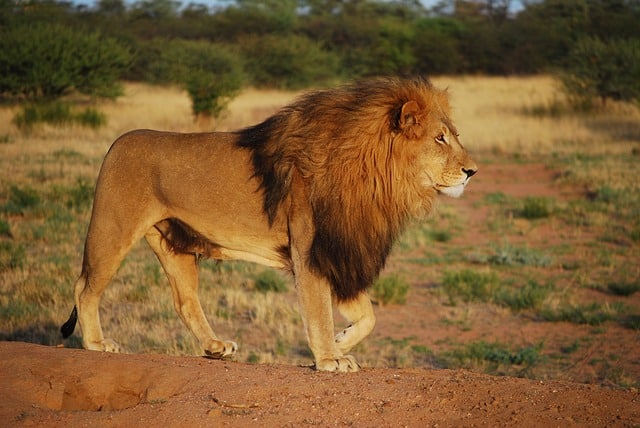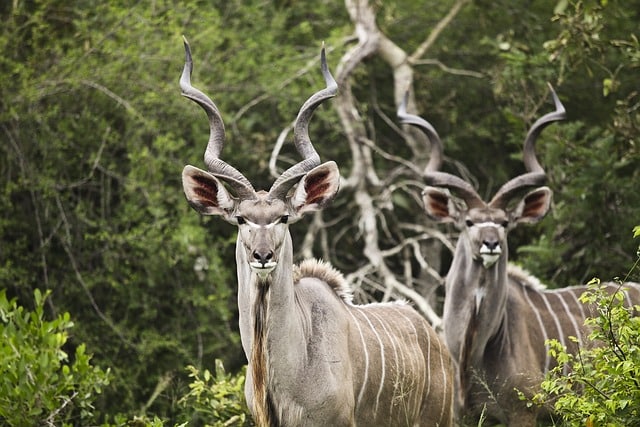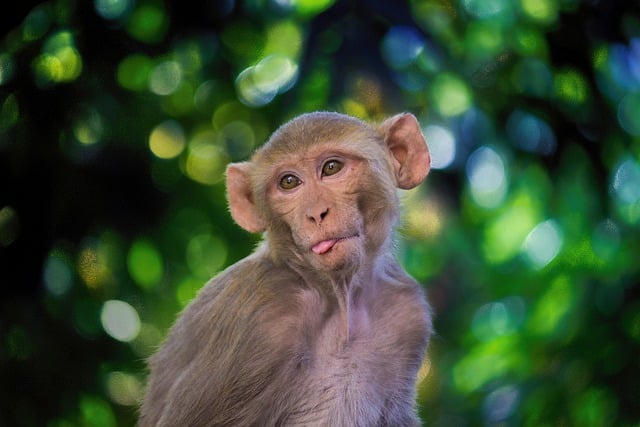According to human standards, humans are the most intelligent animals on planet Earth. Many animals would think otherwise because of the many stupid things that we do.
Well, you may find many lists of the top 10 most intelligent and smartest animals on the web, but are they really the smartest animals in the world? How do we measure that?
All the lists are curated based on beliefs and certain lab experiments but what about the animals that we never experimented with?
So why not just measure their intelligence based on the number of neurons they have in their brain, right!
What Are Neurons?
Imagine your brain is a super busy city full of roads and highways. Just like cars travel on these roads to get from place to place, information travels in your brain using tiny roads called neurons.
Neurons are like messengers or communication lines in your brain and body. They send and receive signals that help you think, feel, move, and remember things.
Do Neurons Measure Intelligence?
In general, having more neurons can contribute to more complex and flexible brain functions, such as problem-solving, memory, and learning. For example, humans have around 86 billion neurons supporting our advanced cognitive abilities.
Not Sole Indicator: Neuron count alone doesn’t measure intelligence. Other factors, like how neurons are connected and how they communicate, also play significant roles.
That is why many animals with much more neurons than humans are not as intelligent as humans. Humans have 86 billion neurons and elephants have 257 billion neurons in their whole brain but that doesn’t make elephants smarter than humans.
This article will explore the most intelligent animals based on their neuron count. We are not saying they are the smartest animals scientifically. We are just saying that they can be much smarter if they figure out how to use their brain.
Just imagine a world like Planet of the Apes, where animals suddenly harness their full cognitive potential, revolutionizing their capabilities.
let’s dive into the world of some of nature’s most neuron-packed brains, the most intelligent animals.
Dog Komondor – 3.99 billion
 Dog Transylvan Hound – 4.39 billion
Dog Transylvan Hound – 4.39 billion
 Lion – 4.667 billion
Lion – 4.667 billion
 Greater Kudu – 4.91 billion
Greater Kudu – 4.91 billion
 Rhesus Macaque – 6.376 billion
Rhesus Macaque – 6.376 billion
 Brown Bear – 9.586 billion
Brown Bear – 9.586 billion
Giraffe – 10.75 billion
 Yellow Baboon – 10.95 billion
Yellow Baboon – 10.95 billion
Chimpanzee – 28 billion
Orangutan – 32.6 billion
Gorilla – 33.4 billion
Minke Whale – 57 billion
Human – 86 billion
Short-finned pilot whale – 128 billion
African Elephant – 257 billion
These neuron-rich animals showcase a remarkable spectrum of intelligence and cognitive abilities. Each species uniquely utilises its brainpower, from solving complex problems to navigating social dynamics.
Scientists have long been interested in how intelligence and brain capacity evolved. They’ve made significant progress in understanding how brain size changes among different vertebrates (animals with backbones). Larger animals typically have larger brains, but this doesn’t always mean they are smarter.
To get a better sense of an animal’s cognitive abilities, researchers often look at relative brain size—how big the brain is compared to the body size—since this might indicate extra neurons available for complex thinking, beyond just managing the body. Studies have shown that birds and mammals tend to have larger brains relative to their body sizes compared to reptiles, though there’s limited data on reptiles to confirm this thoroughly.
However, figuring out how well brains actually process information is more complex than just looking at size. Two species with similar brain sizes can have very different numbers of neurons and brain capabilities. Thus, counting neurons gives a clearer picture of brain processing power than brain size alone.
Although it’s challenging to gather neuron counts for many species, advances in research techniques have provided neuronal scaling rules—relationships between brain mass and neuron numbers—for some mammalian groups and a few bird species. These findings help scientists better understand the evolution of brain function across different animal groups.
















